by Blaine Taylor
On March 12, 1939, Heroes’ Memorial Day (or Veterans Day) in the Nazi Third Reich, the thousands of onlookers at the giant annual parade in Berlin were treated to an unusual sight as a small monoplane landed on the Unter den Linden between Hermann Göring’s State Opera House and the Neue Wache (New Guardshouse). Thus was introduced to the German public, as well as to observant military attachés from foreign states, the new Fieseler Fi 156 V 2 Storch (Stork) observation and command plane that was destined to become one of the most famous and versatile aircraft of World War II.
This was not its first appearance, however, as a less public but equally auspicious occasion for its introduction had occurred on September 26, 1937, at the annual fall maneuvers of the German Army held at Mecklenburg. The guests of honor were Italian Fascist Party Duce Benito Mussolini; his Foreign Minister and son-in-law, Count Galeazzo Ciano; Fascist Party Secretary Achille Starace; and the Chief of Staff of the Comando Supremo of the Italian Armed Forces, Marshal Pietro Badoglio.
The German Führer and Reich Chancellor, Adolf Hitler, was then wooing his fellow dictator full-tilt to join him in a military alliance and a political union as well for the coming struggles with France and England that they both thought might be necessary to realize their territorial ambitions. The visit to Mecklenburg was meant to impress Il Duce with the growing might of the new Nazi German Third Reich, and it succeeded.
An Interesting New Plane Makes Its Debut
One of the centerpieces at the Mecklenburg displays was a preproduction model of the Fi 156, which fellow pilots Mussolini and Luftwaffe Generals Hermann Göring and his deputy Ernst Udet all examined up close with both childish glee and professional interest. The curious Duce even reached up and fiddled with one of the wing flaps for posterity’s sake. Little did he realize that six years later almost to the day he would become one of the model’s most famous wartime passengers.
There were to be many others as well, including Reich Marshal Göring in his capacity as commander-in-chief of the Luftwaffe; the C-in-C Army, Field Marshal Walther von Brauchtitsch; the famed “Desert Fox” and leader of the German Afrika Korps, Field Marshal Erwin Rommel; and almost all other senior German commanders, who clamored for the sturdy little observation and command plane for their own use on all fronts on which the armed forces of the Third Reich found themselves engaged.
Indeed, as many of these little aircraft, including Rommel’s, were captured by the British 8th Army in North Africa, senior British and other officers flew in them as well with Allied markings, including Prime Minister Winston Churchill, who had praised the Desert Fox publicly in the House of Commons.
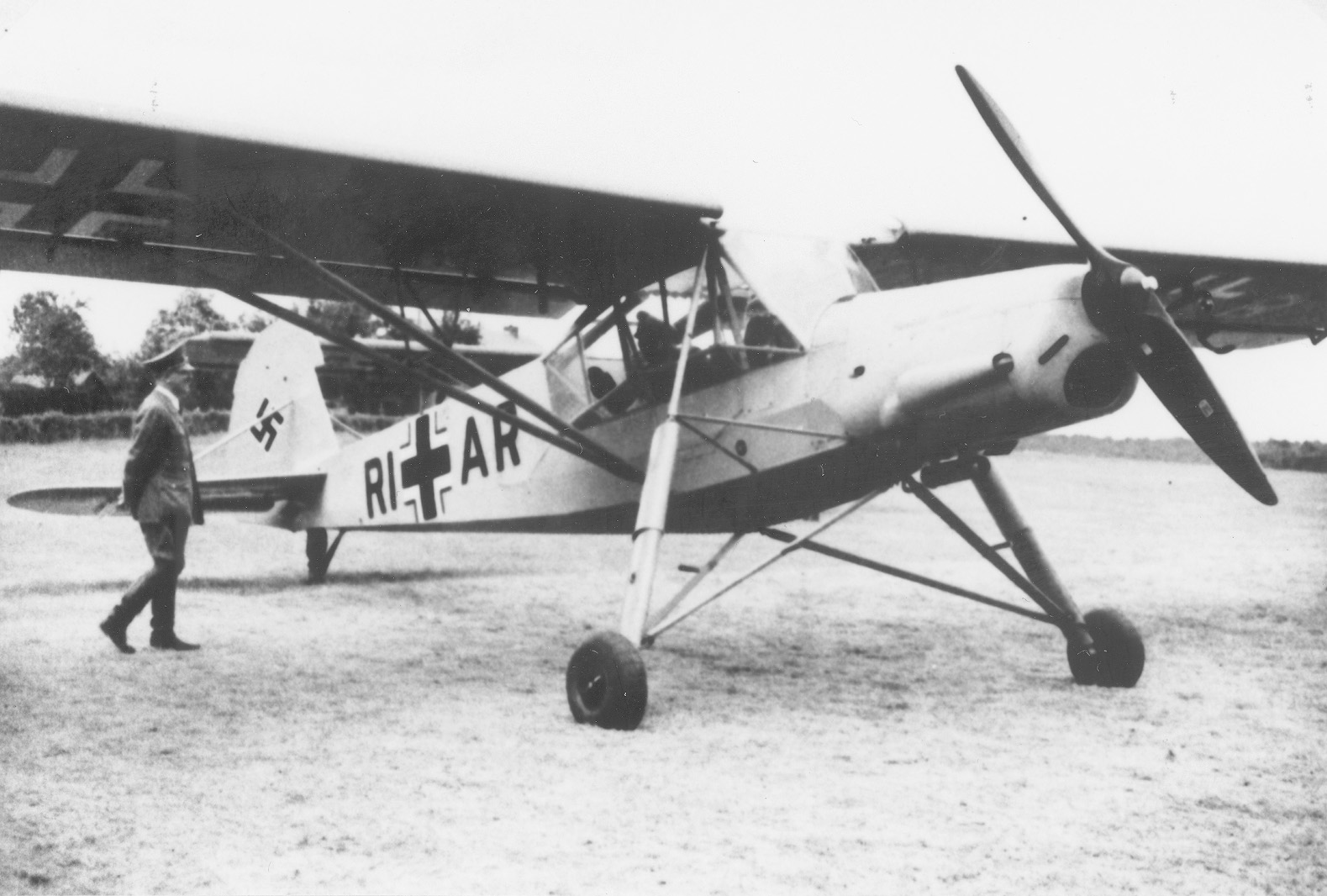
So Slow It Flies Backwards?
Notes author Peter R. March in his work Warplanes: A Hundred Years of Military Aviation, “The Fieseler Storch, with its short takeoff and landing (STOL) capability, was by far the best liaison and spotter aircraft of World War II…. Without doubt, the Fi 156 Stork was the foremost example of an Army cooperation and observation aircraft and certainly the design by which other types operating in this role, including those used by the Allies, were judged.”
Add authors Michael Sharpe, Jerry Scutts, and Dan March in their jointly produced book Aircraft of World War II: A Visual Encyclopedia, “An aircraft that was so slow it was said to be able to fly backwards, the Fi 156 Storch was developed … for battlefield casevac and general liaison duties.… Its long landing gear legs made the Storch an ideal rough field aircraft. Extensively used by the Germans, the Storch was [also] a favorite Allied ‘runabout.’ Air ambulance markings [gave] it another useful role.”
In addition, state authors J.R. Smith and Antony L. Kay in their German Aircraft of the Second World War, “One of the most remarkable aircraft produced by the German aviation industry was the Fieseler Fi 156 Storch. In these days of short and vertical takeoff aircraft, it is interesting to note that … [it] could take off in 65 meters (213 feet) and land in 20 meters (61 feet), and virtually hover against a 40km/h (25 mph) wind,” all of which made it the ideal aircraft for the rescue of overthrown Italian dictator Mussolini from a mountaintop fortress on September 12, 1943.
The genesis of the famed monoplane began in World War I in the fall of 1914, when German ace Gerhard Fieseler began his combat career in the Balkans in an Albatros scout aircraft, eventually amassing a total of 22 aerial victories in the Great War.
In the postwar period, Göring performed transportation duties for rich patrons, and his later deputy Udet performed stunt and movie flying. Fieseler, too, became a top acrobatic pilot by the mid-1920s before becoming prominent in a German aeronautical firm known as RaabKatzenstein-Flugzeugwerke GmbH at Kassel-Bettenhausen where the “Tiger”(as he was known) taught flying in the firm’s own pilot school.
Fieseler also bought a sailplane company and in 1932 changed its name to Fieseler-Flugzeugbau, changing production from sailplanes to engine-powered aircraft on the eve of Nazi Party Führer Adolf Hitler’s being appointed Reich Chancellor. With this event, as everyone in the dormant German aircraft industry knew, a new Luftwaffe would soon emerge under the leadership of the Reichstag President, Nazi Party Deputy Göring. Indeed, he was appointed Minister of Aviation in Hitler’s first cabinet on January 30, 1933.
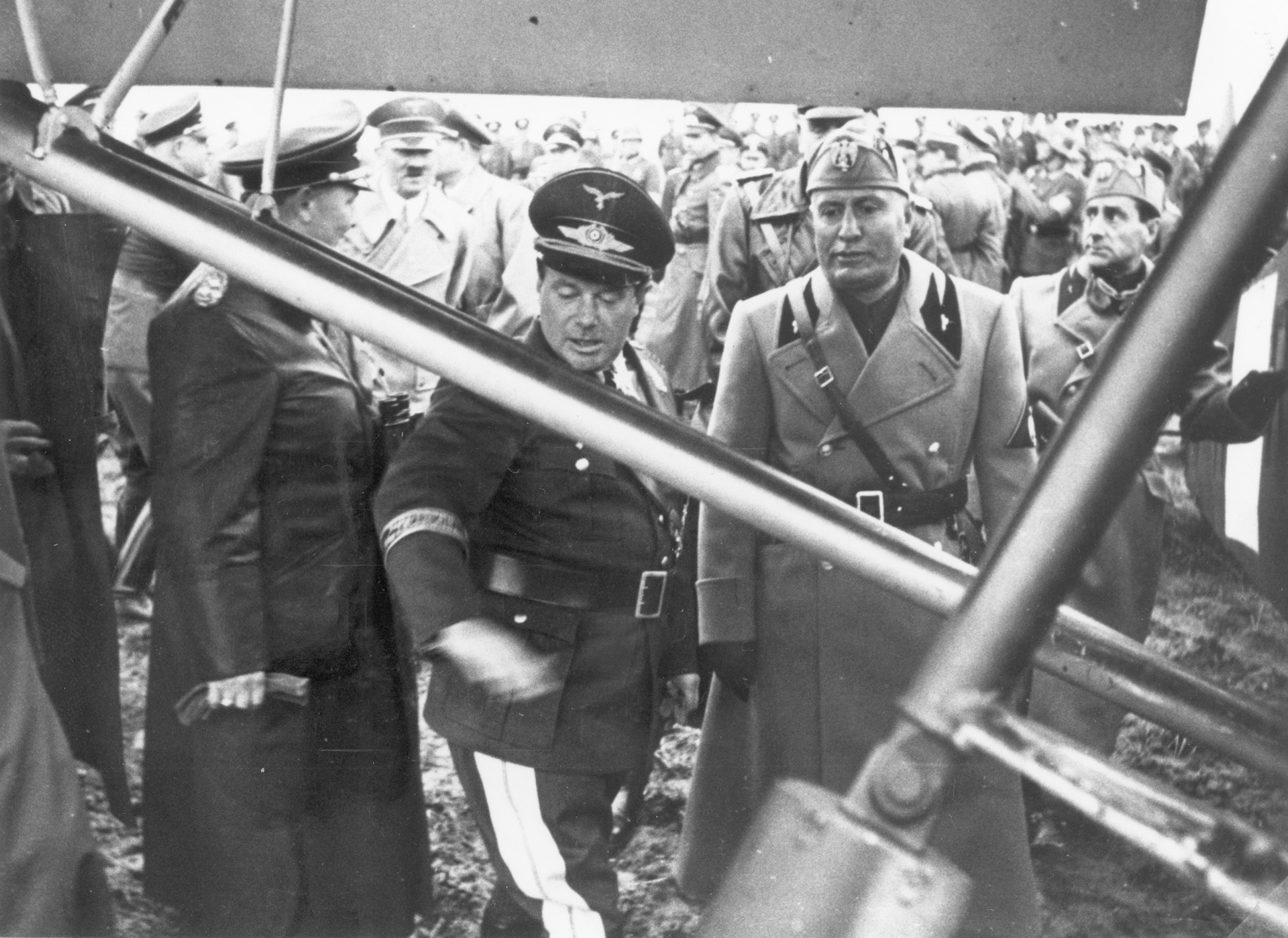
New Prototype Aircraft Compete for Production
In 1934 Gerhard Fieseler won a world aerobatic championship with an 800,000 Reichsmark prize that helped his company develop new and better aircraft. One of these was a craft meant for both civilian and possible military usage: a three-seater, high-wing monoplane with a 225-hp Argus AS 10C inverted V-8 engine as a powertrain, designated as the Fieseler Fi 156. Using combined fixed leading-edge slats, its long-stroke, hydraulically damped gear legs could withstand extremely hard landings, making it an ideal plane for its future combat role throughout World War II.
It was named the Storch and was ready to take its place in aeronautical history when it made its first appearance on the flight stage.
In 1935, after the new Reich Luftwaffe Ministry was formally announced in direct contravention of the 1919 Versailles Peace Treaty, a bid was requested for a light aircraft to fulfill the duties of liaison, cooperation, and wounded casualty airplane, as well as an observation platform for artillery fire and viewing enemy troop concentrations. A trio of aircraft firms submitted their designs—Siebel, the Si 201; Messerschmitt, the Bf 163 (not to be confused with the Me 163 Komet); and Gerhard Fieseler, his promising Fi 156.
According to Smith and Kay, “The Messerschmitt Bf 163, of which only one prototype was completed, was similar to the Fi 156, but the Siebel Si 201 was a strange design with a box-like forward fuselage, a shoulder wing, above and behind which was mounted a pusher engine, and a slim boom to carry the conventional tail surfaces. Two Si 201 prototypes were built, but of the three designs, the Fi 156 was preferred because of its cheapness and quickness of construction.
“The wing and tail [of the Fi 165] were braced and the extensively glazed cabin afforded the crew of three an excellent view. The fuselage of the Fi 156 was built of welded steel-tube with fabric covering. The wings and tail were both built of wood, respectively with fabric and plywood covering.” The first models flew in the spring of 1936, with production variants following a year later, and the C-series major production variant coming in 1939 in time for World War II.
It was one of the most highly recognizable German aircraft on all fighting fronts, from the icy Arctic to the desert sands of North Africa, all across the embattled Russian Front, and in the West throughout 1940-1945 as well.
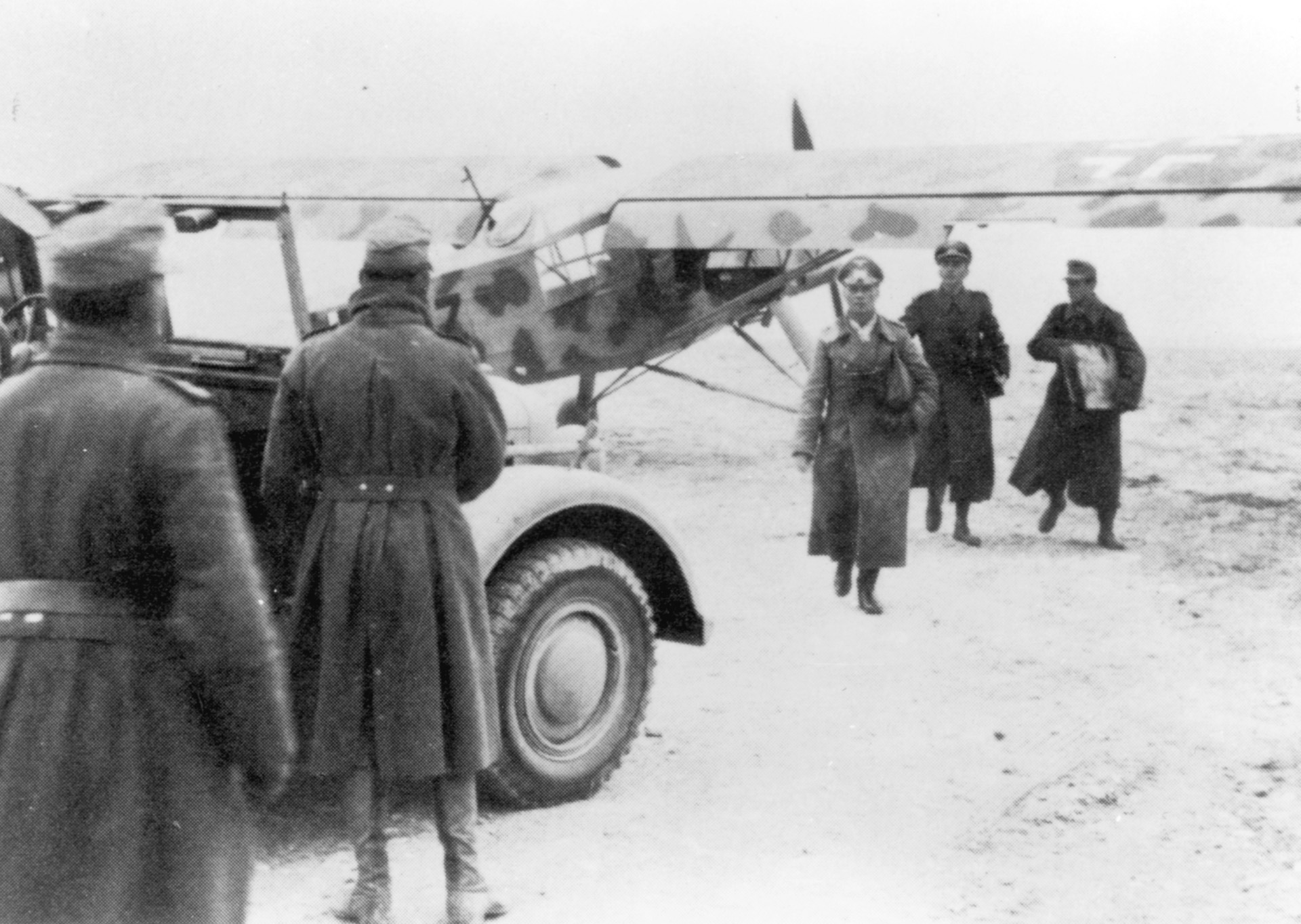
Assignment to Hitler’s Personal Squadron
In 1941, another variant, the Fi 156 D-0 was the first wounded personnel casualty evacuation aircraft that was capable of carrying a single stretcher case and had larger doors for better loading. For operations on snow-covered airfields, the Fi 156 was fitted with specialized ski-mounted underpods, and on all models wings could be folded back for easier storage, making it appear somewhat like an oversized praying mantis.
Aside from the duties already mentioned, most Luftwaffe units had Fi 156 planes attached to rescue downed pilots in the field where possible. Indeed, according to C.G. Sweeting’s excellent book, Hitler’s Personal Pilot: The Life and Times of Hans Baur, they were also assigned to the Führer’s own official government squadron, although Hitler himself was never a passenger as far as is yet known.
Sweeting adds an interesting view of the role of the Fi 156 in the 1940 Western campaign: “Baur had flown from Hamburg directly to the airfield at Euskirchen on the first day of the campaign and reported immediately to Hitler at his Felsennest Headquarters. The place was buzzing with activity … Baur’s men and the Fieseler Fi 156 Storch liaison planes … were kept busy flying Hitler’s military adjutants to field commanders to obtain the latest information and return it to Headquarters. They then personally and rapidly transmitted detailed maps and secret orders from Hitler and the OKW (High Command of the Armed Forces) to the commanders at the front by air, thereby maintaining radio silence.” Considering the role of ULTRA in decrypting German radio traffic, this was of crucial importance to the success of the German offensive that year.
A Craft That Could ‘Go Anywhere’
Later, when Baur, who had flown the Fi 156 himself, would take time off to fish in the East Prussian lakes surrounding the Rastenburg Führer Headquarters for the Eastern Front, he would be summoned back to duty by one of his squadron’s Fieselers flying overhead.
Justifiably, the sturdy Storch was considered to be a “go anywhere” aircraft, and in all 2,900 were manufactured by 1945. They were supplied not only to the German armed forces, but to various Axis Pact satellite forces as well. In addition to Fieseler itself, the plane was built after 1940 by the French firm of Morane-Saulnier as the MS500/501/502 Cricket series, and by Mraz in occupied Czechoslovakia as the K-65 Cap.
Aside from Baur’s activities in 1940, the Fi 156 also landed shock troops ahead of German armor during the advance into both Belgium and Luxembourg to take over key bridges and other points, and at least one top field commander is known to have been killed by enemy fire while flying in an Fi 156. This was the notorious commander of the Waffen SS Death’s Head Division, Lt. Gen. Theodor “Papa” Eicke, who was shot down behind Russian lines on February 26, 1943, and killed.
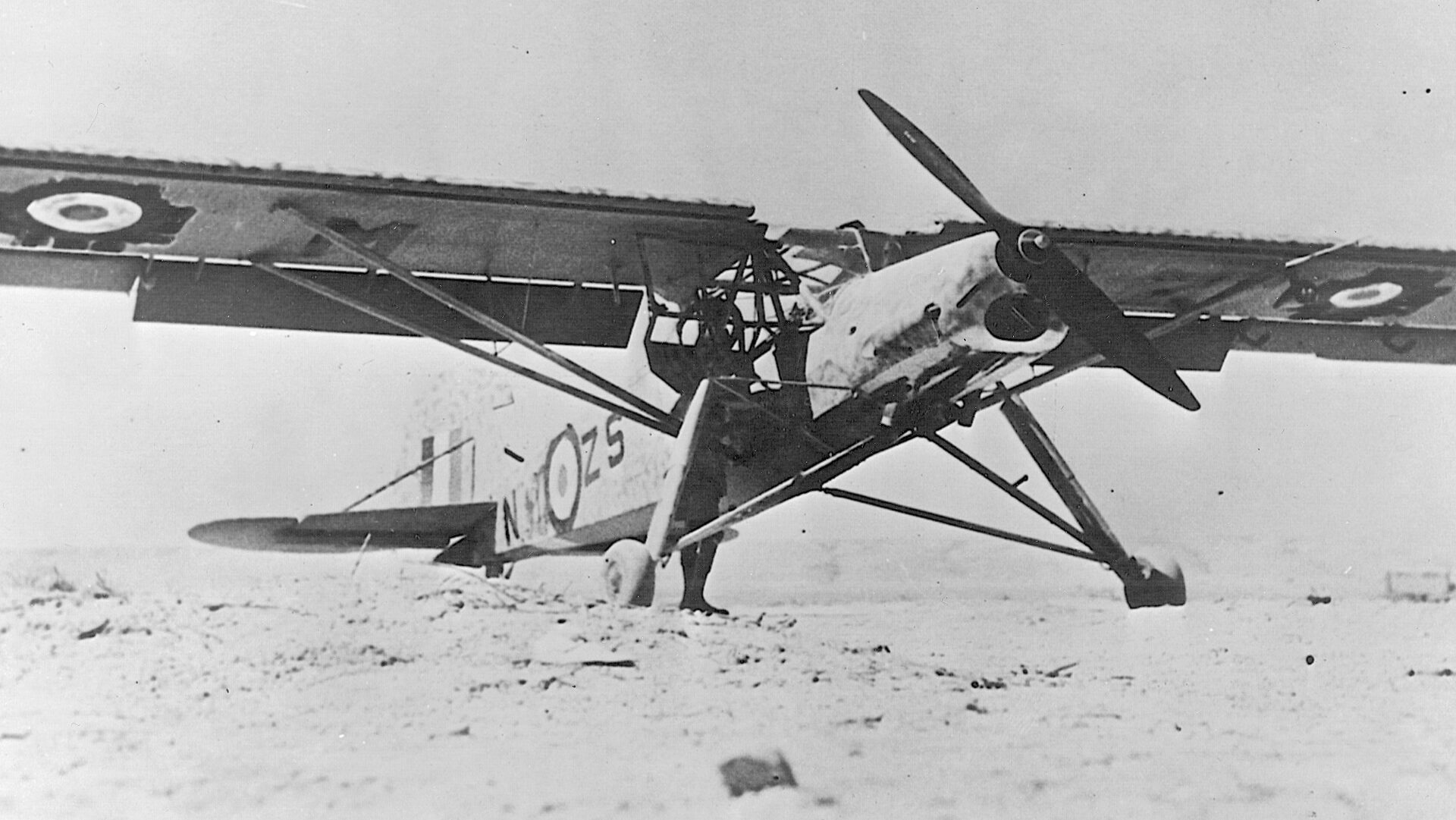
The visibility in the large cockpit of the Fi 156 was near total, except for the sole blind spot directly in front of and slightly below the pilot gaze. Other than that, the pilot had an excellent field of vision to the right and left, in front and even above through a dome. Behind him, there was a light machine gun that could be fired by a passenger, but against virtually any determined and skillful fighter pilot, this would have been of little avail. The light, two-seater American-made “bubbletop” helicopters of the later Vietnam War era improved upon the visibility quotient even further, but they were still highly vulnerable to enemy ground fire from even primitive bolt-action rifles.
Rescuing Benito Mussolini
The overall length of the Fi 156 was 32 feet, 5.75 inches (10.8 m). Its height was 9 feet, 10 inches (3 m) and its wingspan was 46 feet, 9 inches (14.25 m). It weighed 2,910 pounds (1,320 kg), and its range was 236 miles (380 km). Its maximum speed was 109 mph (175 km/h), and its service ceiling was 15,090 feet (4,600 m). The armament consisted of a single, rear-mounted 7.9mm MG15 machine gun.
On September 12, 1943, came the Storch’s most famous mission of the war. The 1st Company of the 7th Parachute Regiment, commanded by Luftwaffe First Lt. von Berlepsch, landed in transport gliders at the Campo Imperatore Hotel on the Gran Sasso in Italy to rescue Mussolini. Luftwaffe Captain Gelach, pilot of a Fieseler Fi 156 C-5 Storch coded SJ+LL, took off with two passengers on board: the rescued Duce and SS Major Otto Skorzeny, who had been personally charged with the Mussolini rescue mission.
The Fi 156 was seriously overloaded, and some accounts of the action assert that the plane took off just short of the edge of a sheer cliff. This is partially true, as photographs from one side seem to indicate a drop straight down, while those from the opposite direction suggest that a skilled pilot could have made a landing on the valley floor following a gliding descent. In any event, the Fi 156 pulled up and away to safety.
Early in the war, as many as 50 airworthy Storchs were captured in the Mediterranean Theater and employed by the British, while on the Eastern Front another Storch played a key military role, albeit inadvertently, on September 12, 1941. Colonel General Ritter von Schobert, commander of the 11th Army, was forced down in a Soviet minefield. He and his pilot were both killed. His successor was the future Field Marshal Erich von Manstein, who successfully completed the conquest of the Crimea. Manstein failed to break the Red Army encirclement of Stalingrad, as did fellow Storch passenger, Luftwaffe Maj. Gen. Baron Wolfram von Richthofen, commander of the 7th Flying Corps, in the doomed aerial resupply mission of the surrounded German 6th Army that surrendered in February 1943.
The Storch Earns Its Place in History
After the Mussolini rescue mission, the most famous flight of the war involving a Storch was that of April 26, 1945, when General Robert Ritter von Greim flew into Berlin with his lover, aviatrix Captain Hanna Reitsch, at Hitler’s personal command to be received in the Reich Chancellery Bunker and accept his appointment as the war’s final Luftwaffe field marshal. He was also to be named as Göring’s successor as Air Force commander-in-chief. The journey is vividly described in Reitsch’s book The Sky My Kingdom.
A number of Fieseler Fi 156s still exist, including some in Germany, South Africa, Switzerland, and the United States. The aircraft served with armed forces of postwar Poland, Czechoslovakia, Spain, and France, as well as with those in Thailand. The Japanese even flew a modified version as late as 1997.
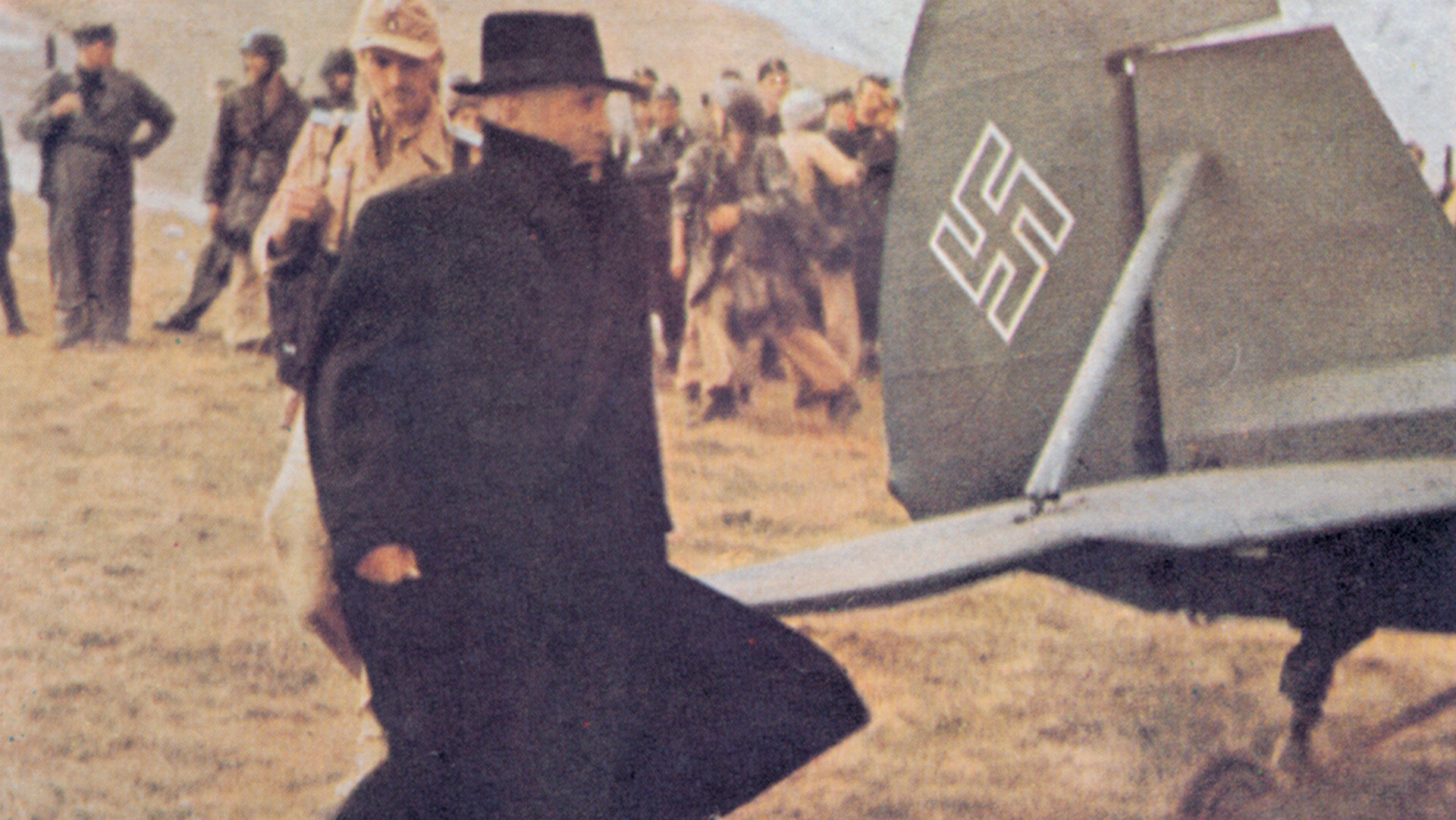

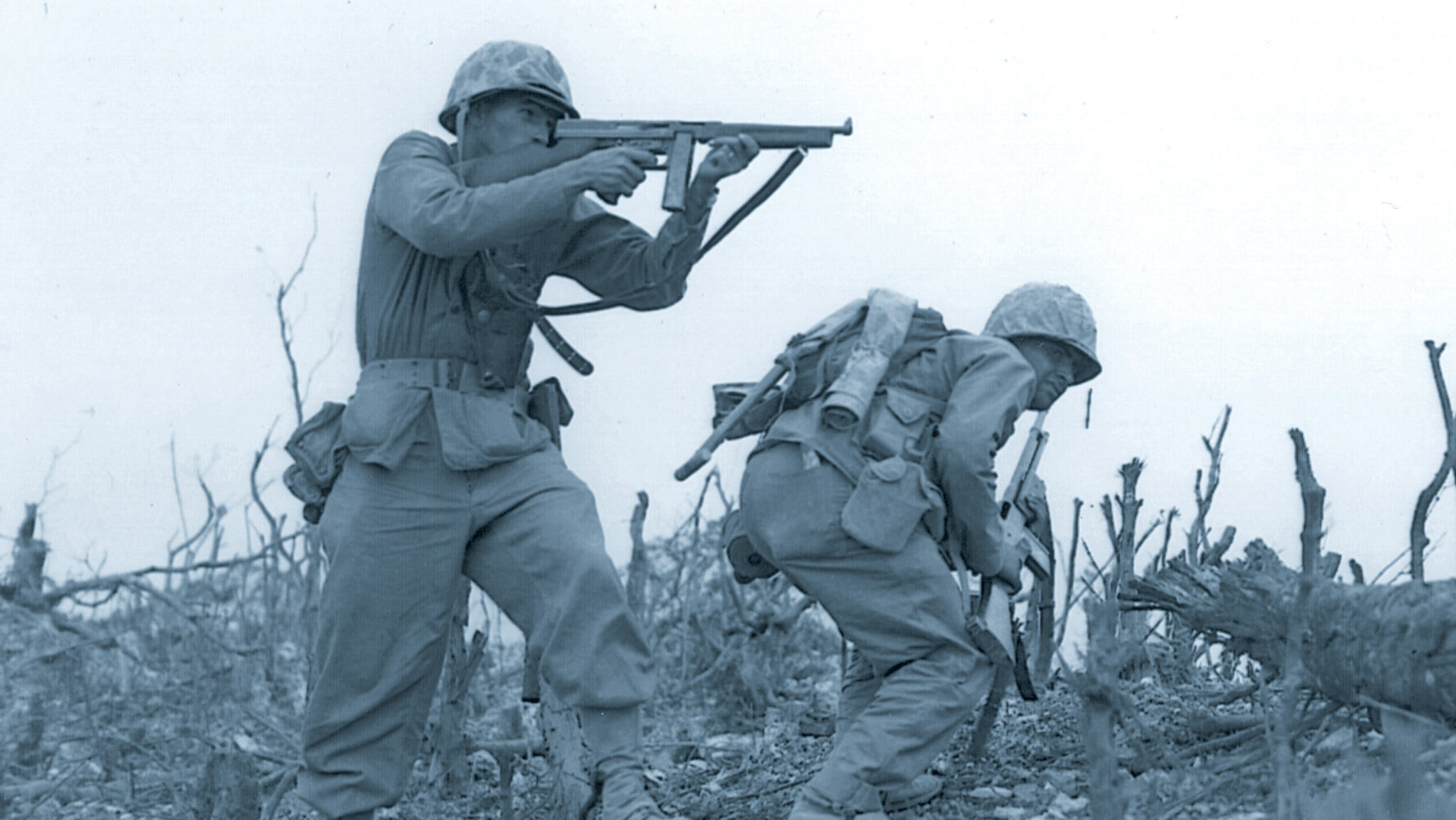
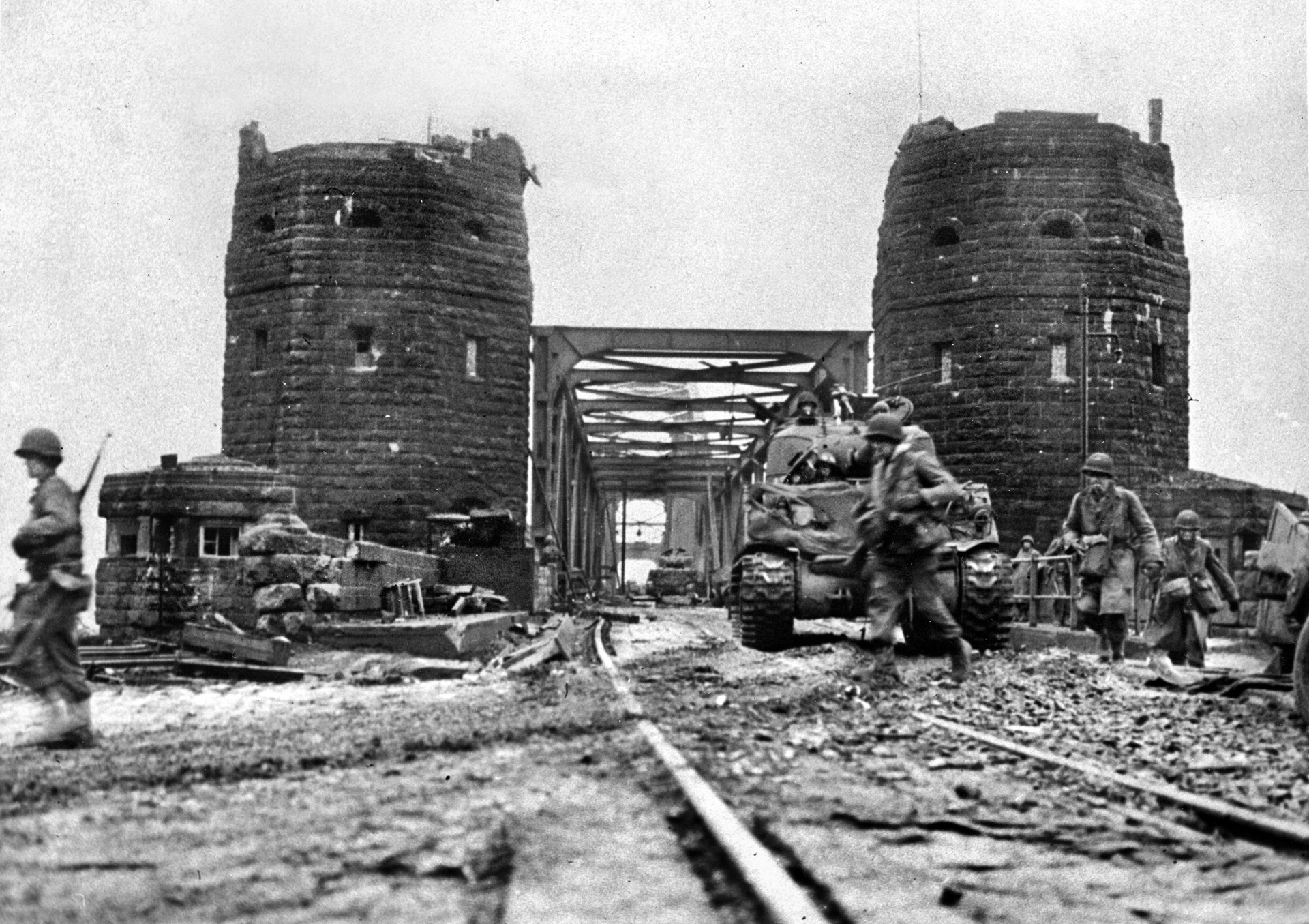
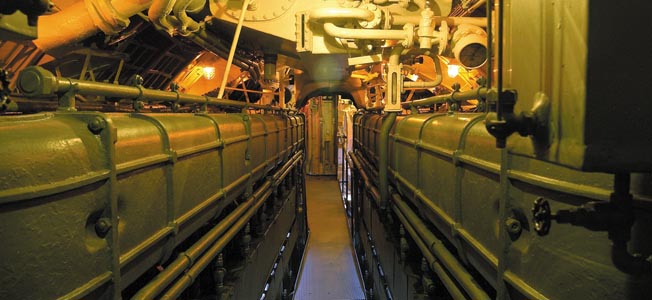
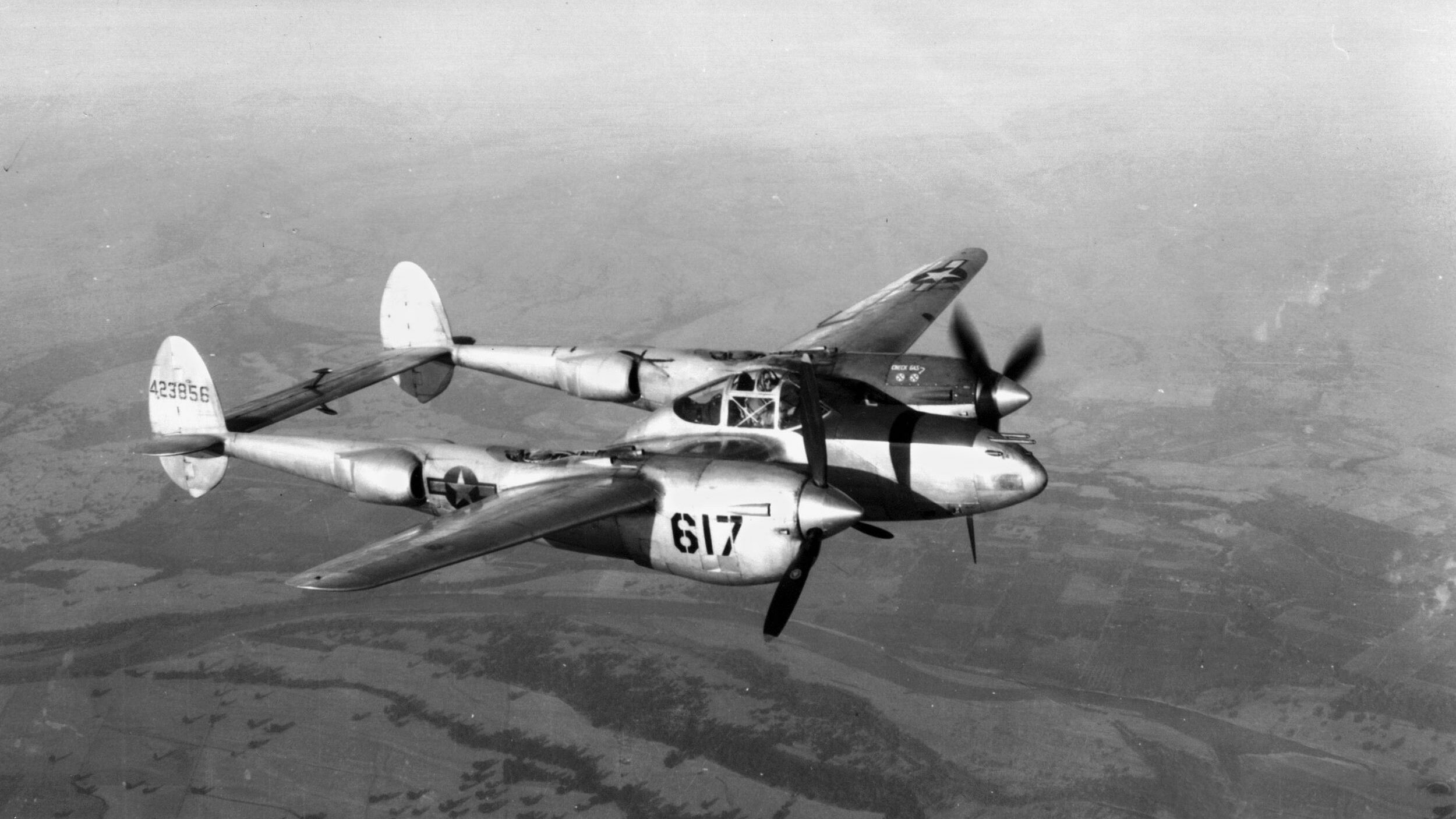
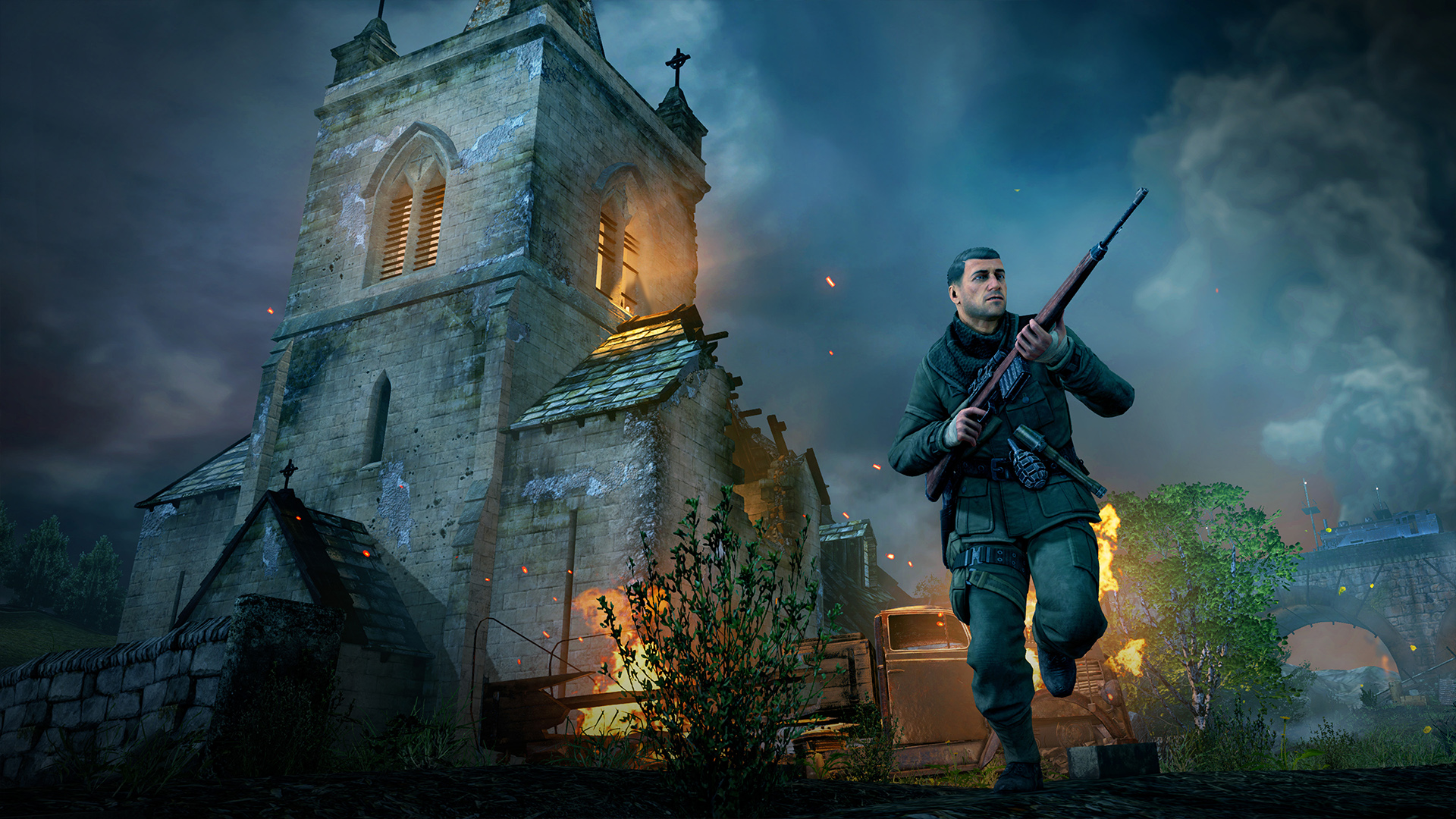
Join The Conversation
Comments
View All Comments